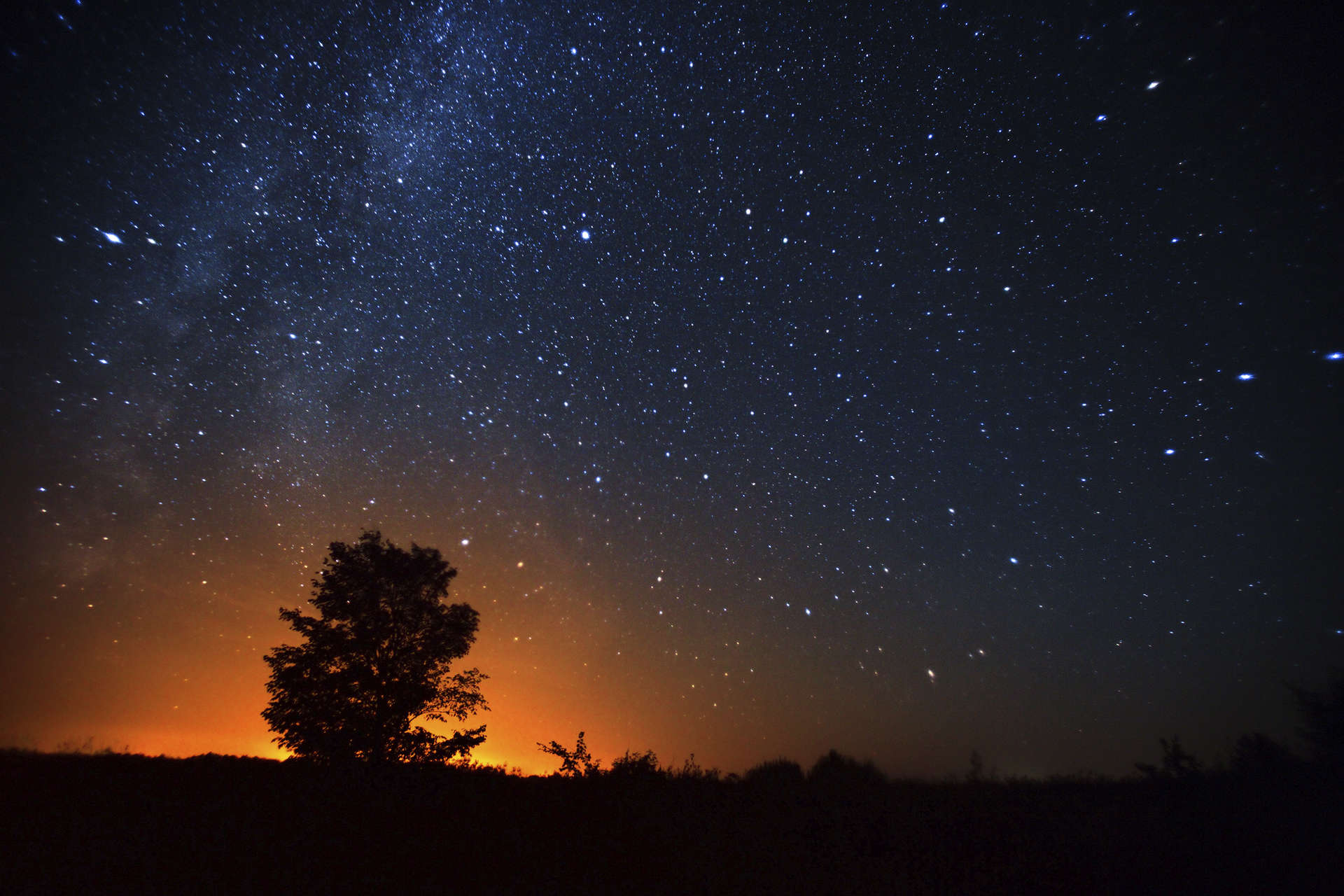Who is Brigitte Macron? A Detailed Profile of France's First Lady
Discover the complete biography of Brigitte Macron, from her career as a respected teacher to her influential role as the First Lady of France. Learn about her early life, her unique relationship with Emmanuel Macron, her family, and her dedicated public work.
Since 2017, Brigitte Macron has been a prominent figure on the world stage as the First Lady of France. Often seen beside President Emmanuel Macron, she is known for her distinct style and active public role. But who was the woman before the Élysée Palace? This detailed profile explores the life and career of one of modern France's most-watched public figures.
From a Noted Family to a Dedicated Educator: Brigitte Macron's Early Life
Brigitte Marie-Claude Trogneux was born on April 13, 1953, in Amiens, a city in northern France. She was the youngest of six children in a well-regarded family known for their successful confectionery business, the Chocolaterie Jean Trogneux, founded in 1872 and famous for its Amiens macarons.
However, Brigitte's path led not to the family business but to academia. With a passion for literature, she pursued a degree in the subject and later earned her CAPES (Certificate of Aptitude for Secondary School Professorship), a prestigious teaching qualification in France.
An Unconventional Love Story: Meeting Emmanuel Macron
It was at La Providence high school in 1993 that her life took a pivotal turn. Brigitte, then a 39-year-old teacher, directed a theater workshop where she met a brilliant 15-year-old student: Emmanuel Macron. Their shared passion for literature and theater sparked a deep intellectual bond.
Their relationship, which defied social conventions due to their 24-year age difference, blossomed over time. After divorcing her first husband, Brigitte married Emmanuel Macron on October 20, 2007. She would later end her teaching career in 2015 to fully support her husband's burgeoning political ambitions.
Who Are Brigitte Macron's Children? A Look at Her Family
From her first marriage to banker André-Louis Auzière, Brigitte Macron has three children, who are now accomplished adults:
Brigitte is also a grandmother to seven grandchildren.
Redefining the Role: France's First Lady at the Élysée Palace
Unlike in the United States, the role of "First Lady" in France comes with no official status or salary. Brigitte Macron has worked to define her position through a "transparency charter," outlining her mission and activities. Her work focuses on several key areas:
Frequently Asked Questions (FAQ)
1. What is Brigitte Macron's age? Born on April 13, 1953, Brigitte Macron is 72 years old as of May 2025.
2. What did Brigitte Macron teach? She was a secondary school teacher of French literature, Latin, and theater.


